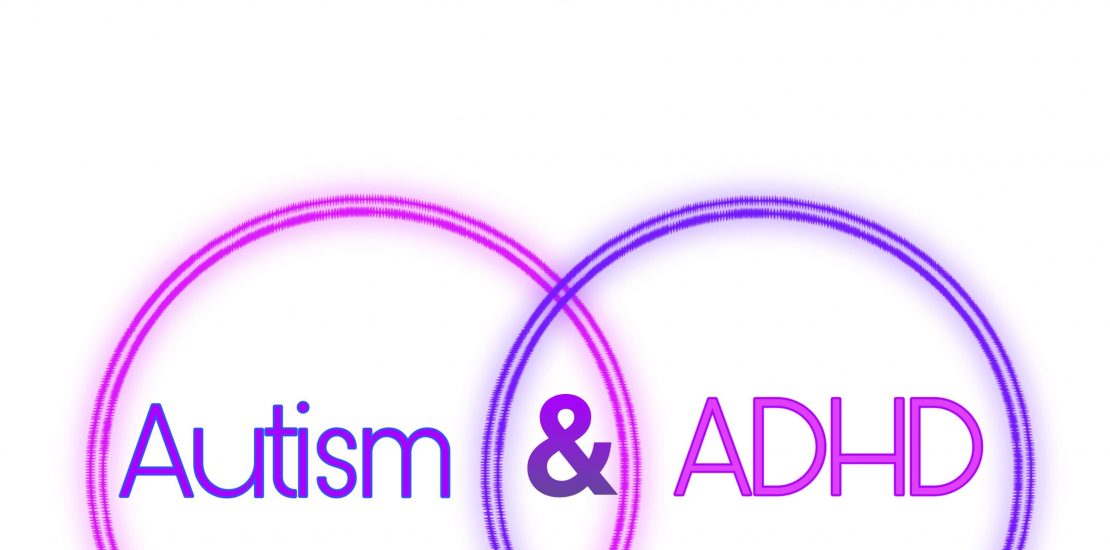- 8 January, 2023
- Posted by: Anisah Mustapha
- Categories: CriArt Skill Academy, Neurodivergence

Autism and ADHD have been known to have connections that run deep. Upon evaluation, it’s been noted that 30 to 80 percent of children with autism also meet the criteria for ADHD. Vice-versa, 20 to 50 percent of children with ADHD meet the criteria for autism. Because of the magnitude of this overlap, scientists are starting to reevaluate the connections between both disorders and look for familiar biological roots.
No matter how appealing the “one-condition” proposal may be, authentication is within the limits of being concluded. There is a rise in the number of genetic studies backing the idea of some shared connection between autism and ADHD. However, imaging surveys differentiating between brain structures and association have produced a puzzling blend of similarities and differences. Several behavioral analyses have emphasized the likelihood that external appearance conceals distinct fundamental structures. Absent-mindedness in a person with autism, for instance, might ensue from sensory overload (compared with racing thoughts in ADHD, while evident social issues in a person with ADHD might display as impulsivity (as against solitude and withdrawal with autism).
Recognizing how both disorders cut across one another, might lead to better therapies, which is an urgent necessity. Individuals with attributes that span across both autism and ADHD diagnoses frequently face more consequential challenges than individuals with either diagnosis alone, that is, they may possess greater impairments in flexible operations, an expression that refers to self-management and day-to-day lifestyle competence, and critical social and cognitive issues.
While attempting to figure out if autism and ADHD possess common roots, scientists need to observe the incentives that compel a child’s actions and reactions. Examining children from infancy into adolescence will help shed light on how the attributes of these disorders unfold and influence the children’s growth over time. One disorder may mask the other, or both might stem from a common group of risk factors, or the pathways may even intersect during the course of maturity. Another approach scientists use to inspect the connection between autism and ADHD is focusing on traits, in place of striving to connect genetic or brain attributes with a diagnosis.
The best way to treat children who are diagnosed with both disorders is still uncertain. The efficacy of ADHD medications can differ even in children who do not have autism, and sometimes children with autism respond not as well as others or struggle with tolerating the drug. Psychologists believe that it is only through trial and error that a conclusive decision can be made about how any particular child with ADHD will respond to any medication, including stimulants, even if they have autism or not.


